Wisconsin's Covid Condition: 18 Months Later, the Pandemic Drags On
Schools once again wrestle with masking rules, public health departments return to crisis modes for contact tracing and efforts continue to push vaccination rates higher through incentives and mandates as the Delta variant of COVID-19 advances across the state.
By Will Cushman
September 17, 2021
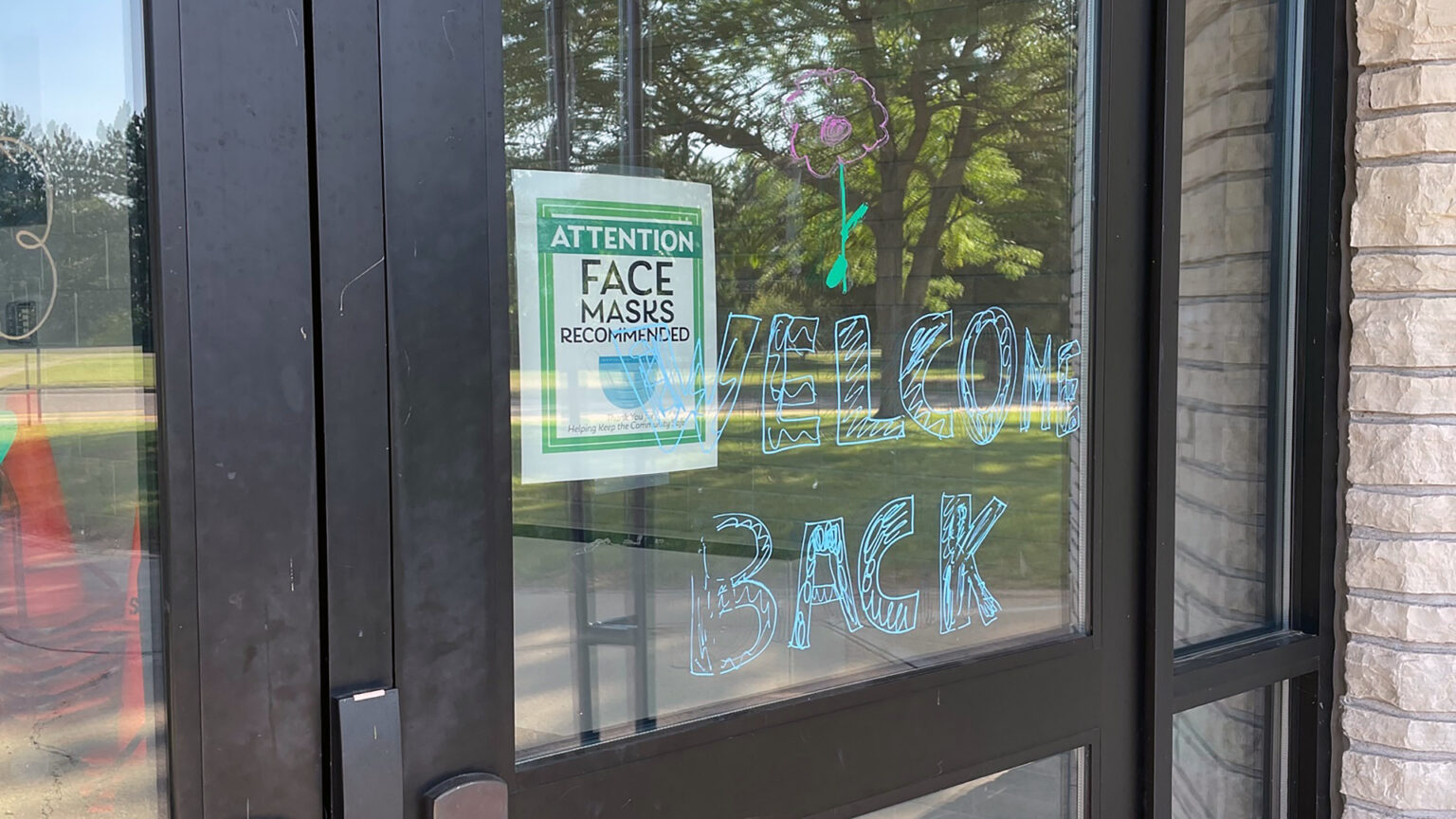
A sign on the door to the Tomahawk school complex reads "Attention Face Masks Recommended" alongside a painted "Welcome Back" message for students. (Credit: Rob Mentzer / Wisconsin Public Radio)
Following a brief end-of-summer plateau in COVID-19’s Delta surge, new cases are on the rise once again in Wisconsin, while daily hospitalizations have hovered at a high level for more than a week. At the same time, the number of people getting vaccinated against the disease is falling once again even as incentives, requirements and penalties seeking to boost vaccination rates expand.
Meanwhile, the issue of masking in schools continues to divide communities in Wisconsin, as vaccine requirements for public and private workers expand. A year-and-a-half into the pandemic, here’s the status of the COVID-19 pandemic in Wisconsin.
A brief September slowdown?
Throughout the first half of September 2021 the average number of new daily COVID-19 cases held fairly steady across Wisconsin, even falling slightly at points. Over the month’s first two weeks, the 7-day average for new confirmed cases in the state ranged between 1,400 and 1,800 cases per day.
That plateau is ending. The Wisconsin Department of Health Services reported more than 3,100 new confirmed cases in the state each day between Sept. 14-16, the first time the number of new cases in the state surpassed 3,000 on consecutive days since early January. One caveat: The agency acknowledged a possible data reporting issue that may have affected daily case counts for several days in mid-September. Still, the 7-day average for new cases on Sept. 16 grew to 2,227, the highest figure since mid-January.
This reporting of new cases comes soon after schools and colleges around Wisconsin returned to in-person instruction for the fall 2021 semester.
Even with a vaccination rate above 90%, COVID-19 case counts are rising quickly on the University of Wisconsin-Madison campus, with its 7-day average rising four-fold from about 8 to 32 in the week between Sept. 7 and Sept. 15. This growth, including an outbreak among members of the UW Marching Band, prompted a Sept. 16 letter from the office of Chancellor Rebecca Blank to the campus community reiterating the university’s stance that in-person instruction is safe and appropriate for its very highly vaccinated student body and staff.
“Please keep in mind that the precautions we are all taking on campus – such as getting vaccinated, masking indoors and staying home if sick – remain the appropriate response to protect yourself in the classroom, office and lab,” the letter stated.
While the state health department rated transmission of the disease in Dane County, home to the UW-Madison campus, as “high” during the first two weeks of September, transmission is even higher in most other parts of the state.
Based on a set of metrics tracking new and overall case numbers in each of the state’s 72 counties during the first two weeks of September, the state health department rated transmission as “high” in six counties, “very high” in 64 counties and “critically high” in two counties. Those two counties are Trempealeau County in western Wisconsin and Forest County along the border with Michigan’s Upper Peninsula.
Separately, the Centers for Disease Control and Prevention rated community transmission as high in all but one county in Wisconsin as of Sept. 17. Only Florence County was rated with a lower (but still “substantial”) level of transmission. The CDC strongly recommends universal mask-wearing in indoor public settings, regardless of vaccination status, in areas with substantial or high transmission due to the Delta variant’s extreme transmissibility.
As of mid-September, Dane County was the only locale in the state with a mask mandate in place in response to the high level of transmission. A newly elected county supervisor questioned the local health department’s rationale for mandating masks again, which department staff met with pointing to data showing the high level of local disease activity.
The high number of new cases is again challenging contact tracing efforts for local health departments, with some teams returning to a “surge mode” in which they prioritize cases arising in high-risk settings like long-term care facilities. Contact tracers are also contending with more people who are unwilling to cooperate with their efforts.
While new cases are rising, hospitalizations and deaths from COVID-19 have plateaued at an elevated level for a week or more as of mid-September. The Wisconsin Hospital Association reported 1,071 people were hospitalized with the disease across the state on Sept. 17, including 333 receiving intensive care. Both total hospitalizations and ICU stays were relatively stable over the preceding 10-day period.
This pattern of hospitalizations leveling off or even falling slightly is evident across most of the state, with the notable exception of northeast Wisconsin. Total daily hospitalizations in a 7-county region centered around Green Bay grew by nearly half between Sept. 6 and Sept. 16, from 85 to 125. Overwhelmed hospital staff in the region are pleading with local residents to mask up and get vaccinated to help quell the rise in serious disease.
The 7-day statewide average for newly confirmed deaths due to COVID-19 stood at 13 as of Sept. 16, up only slightly from a week earlier but still higher than the average seen throughout most of the summer.
The death of a 13-year-old in Fort Atkinson is being investigated as possibly covid-related after the child’s mother said he had the illness when he died. While the child’s death remains under investigation, it reignited a debate over mask rules for the School District of Fort Atkinson. On Sept. 16, its school board voted 4-1 to require indoor mask-wearing among all students in the district after a lengthy and emotional public comment period in which masking supporters and opponents faced off. The school board had previously declined to take up a mask requirement for students, against the advice of state health officials.
School mask rules continue to be a focus of heated debate around Wisconsin. In Kenosha, school officials, teachers and parents gathered on Sept. 14 to urge parents not to participate in a protest of the Kenosha Unified School District mask requirement. Parents upset with the district’s decision to mandate masks in school buildings planned to keep their children home on Sept. 17, the same day schools tally official enrollment counts based on attendance, which factor into state funding formulas.
In northern Wisconsin, the superintendent of the Tomahawk School District in rural Lincoln and Oneida counties resigned at the end of August, only days after sending a letter to parents announcing a mask mandate for students, staff and visitors in school buildings. The school board promptly reversed the mandate following the resignation, but some parents still planned to launch a recall campaign against school board members they deemed too supportive of pandemic safety protocols.
Falling vaccinations, new requirements
A flurry of new vaccine requirements are taking shape in Wisconsin as the number of people getting vaccinated falls again. After rising modestly for months, new vaccinations against COVID-19 fell markedly in the first part of September.
The daily average number of doses administered had been rising from a low point in July through the end of August. After this round peaked on Aug. 31, the average declined in the first half of September.
The drop comes as a $100 state incentive available to anyone who gets vaccinated that began in August is set to expire on Sept. 19.
Meanwhile, a growing number of private and public employees in Wisconsin are subject to vaccination requirements.
Days after President Joe Biden shared details of a sweeping new vaccination requirement for most federal workers and contractors and employees of businesses with more than 100 workers, Gov. Tony Evers announced Sept. 14 that unvaccinated state workers would be subject to weekly COVID-19 testing beginning on Oct. 18. The governor announced the new requirement a day after sharing that about 70% of executive branch state government employees were already vaccinated.
At the local level, all signs point toward a likely vaccine mandate for employees of the Madison Metropolitan School District. The Madison school board previously signaled its support for an employee vaccine mandate, directing administrators to draft a plan that the board is set to vote on at its Sept. 20 meeting. The possible mandate has already garnered support from teachers’ unions and would follow a similar mandate authorized earlier in September by the Milwaukee school board.
Other efforts to motivate more Wisconsinites to get vaccinated include a new monetary penalty for unvaccinated employees at Mercyhealth Hospital and Trauma Center in Janesville and an upbeat event at the UW-Eau Claire campus with UW System Interim President Tommy Thompson seeking to get the student vaccination rate to 80%.
The desire to push vaccinations higher comes as 56% of Wisconsin residents have received at least one dose of vaccine, according to the state health department. More than a million Wisconsin adults remain unvaccinated, including many workers in high-risk settings like long-term care facilities.
With the Delta variant in wide circulation, new data on breakthrough infections, hospitalizations and deaths underscored the protective power of the vaccines. According to figures state health officials updated on Sept. 15, people in Wisconsin who were not fully vaccinated were about 8.5 times more likely to be hospitalized and 11 times more likely to die after contracting COVID-19 than fully vaccinated people between February and August 2021.
While breakthrough infections continue to make up a minority of new cases, federal regulators were debating whether to approve a booster shot for recipients of the Pfizer vaccine. That group includes about 1.7 million Wisconsinites. A vaccine advisory panel for the Food and Drug Administration met on Sept. 17 to consider Pfizer’s application to authorize a booster for recipients of its vaccine. The panel recommended boosters only for people 65 and older and those at high risk of severe disease. It voted 16-2 against recommending boosters for other recipients.
 Passport
Passport




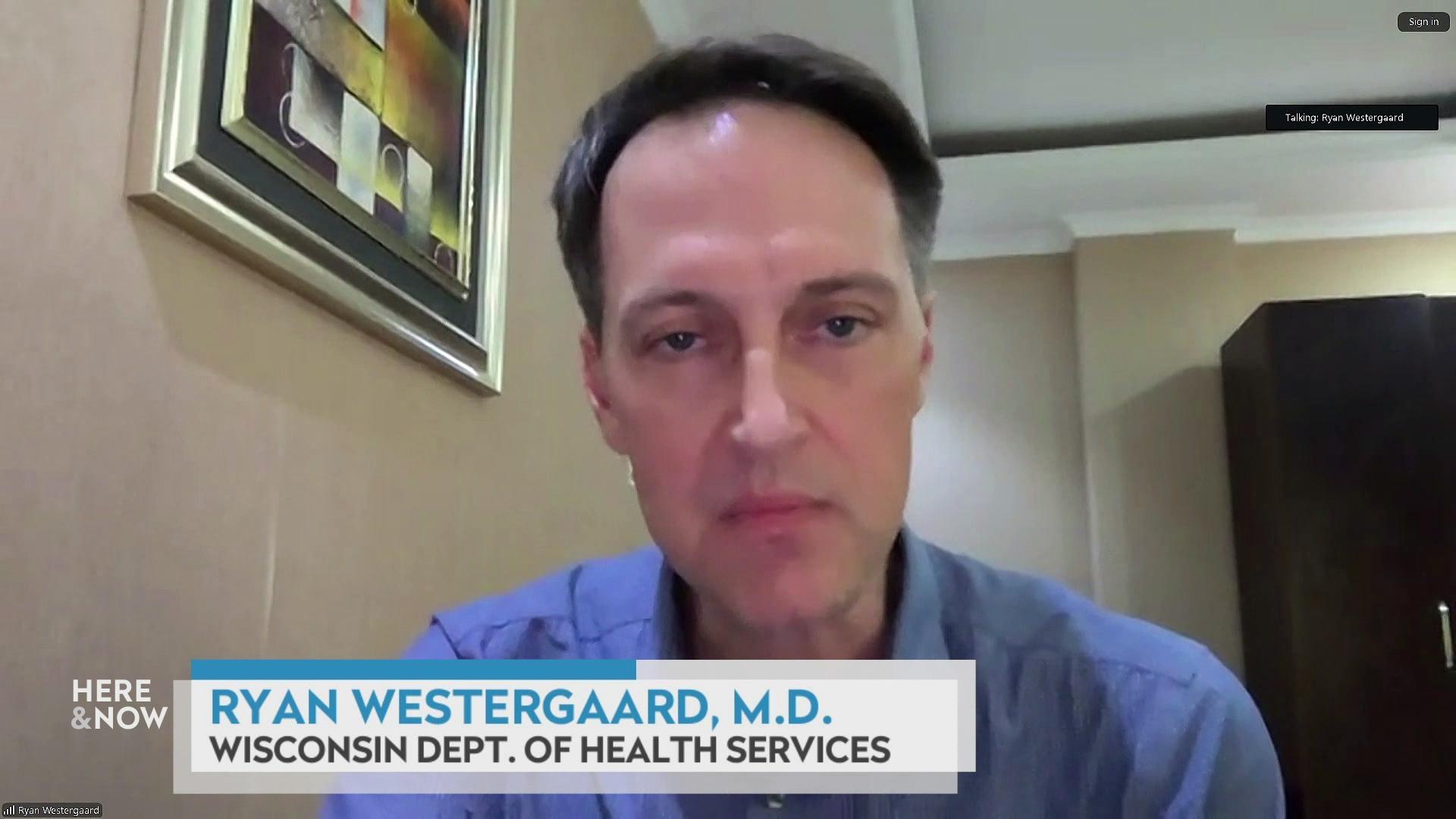
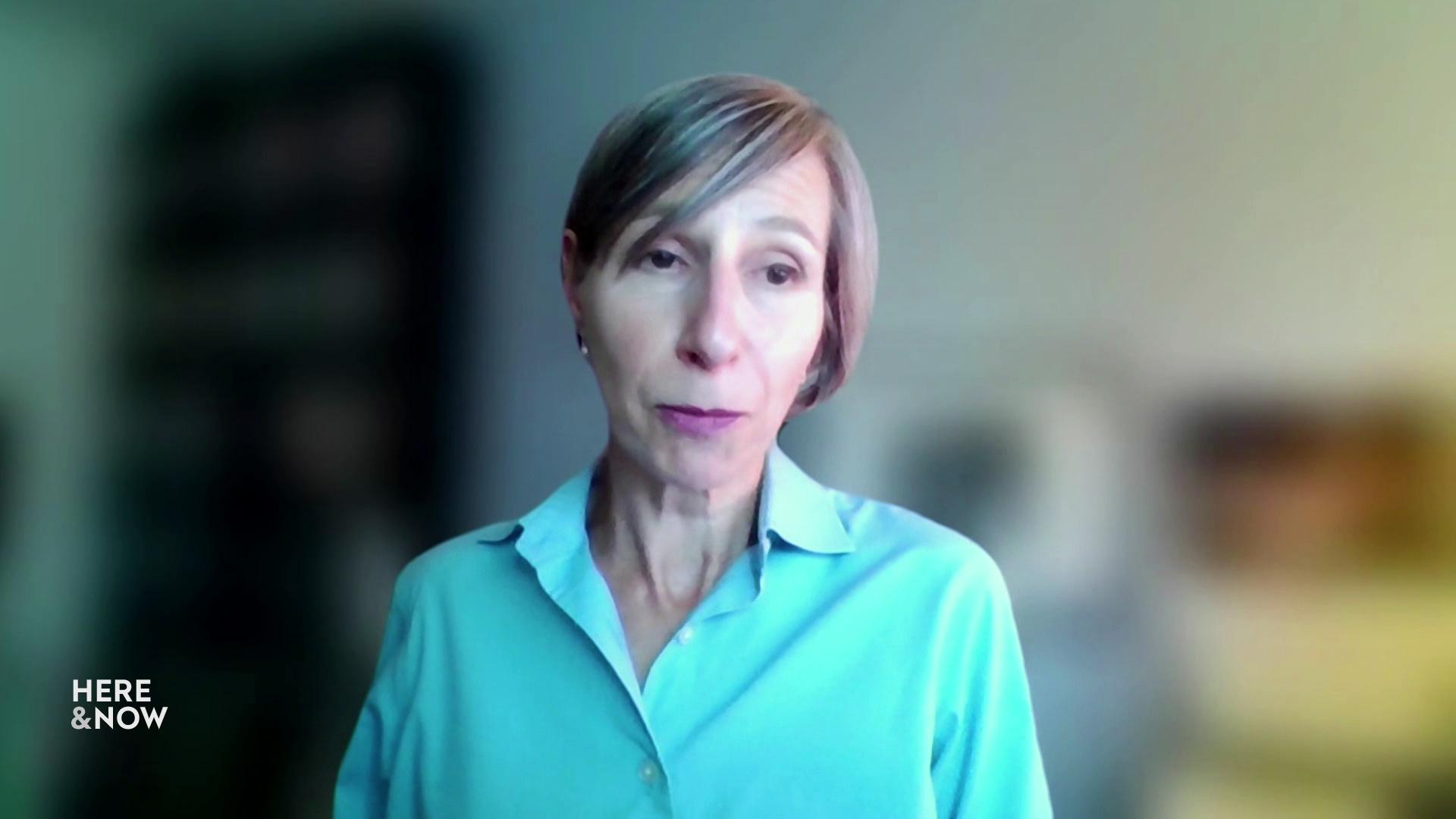
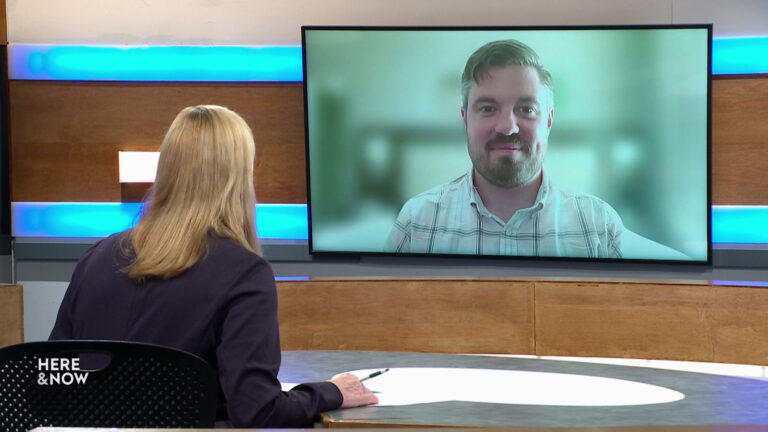
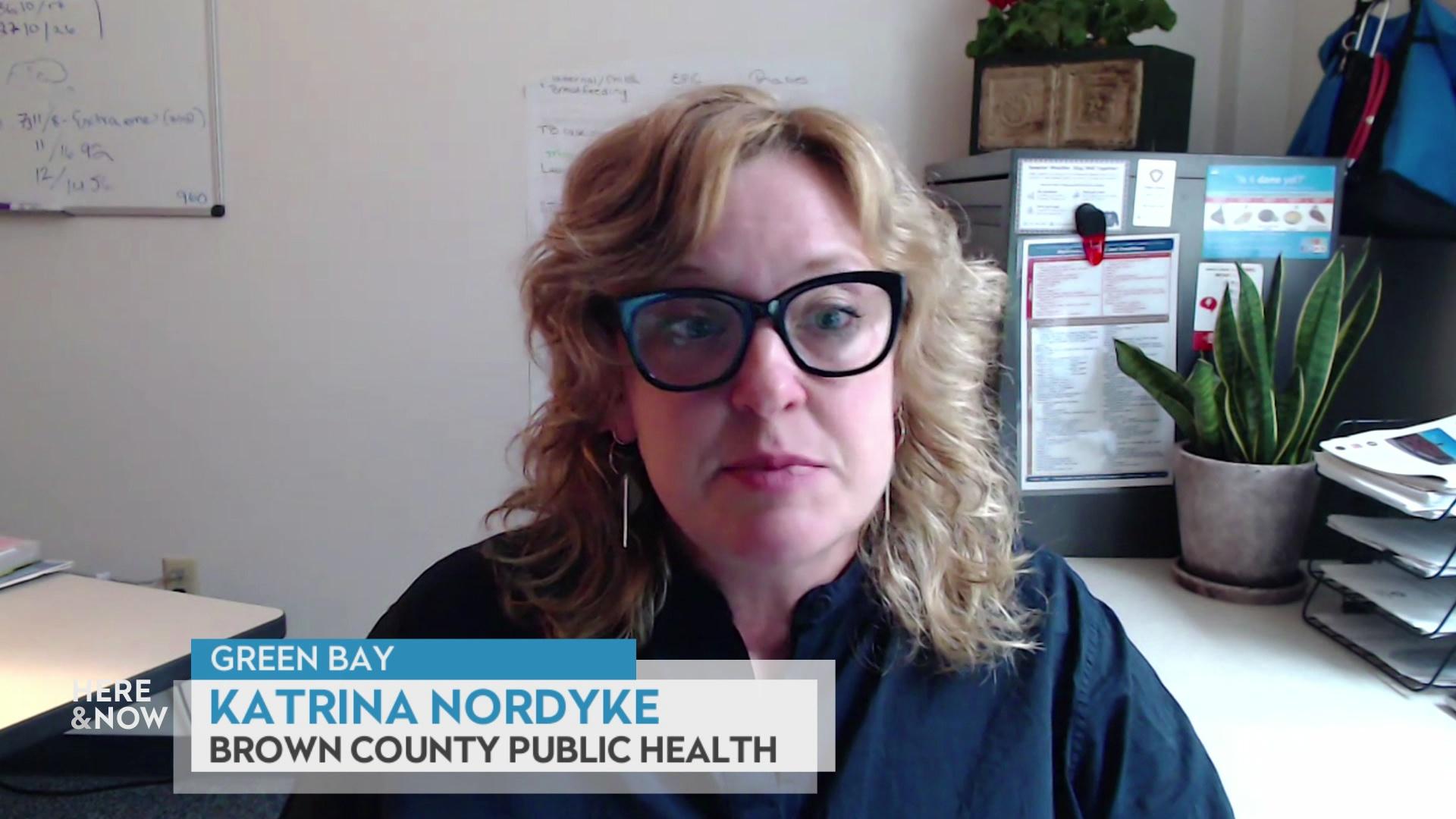
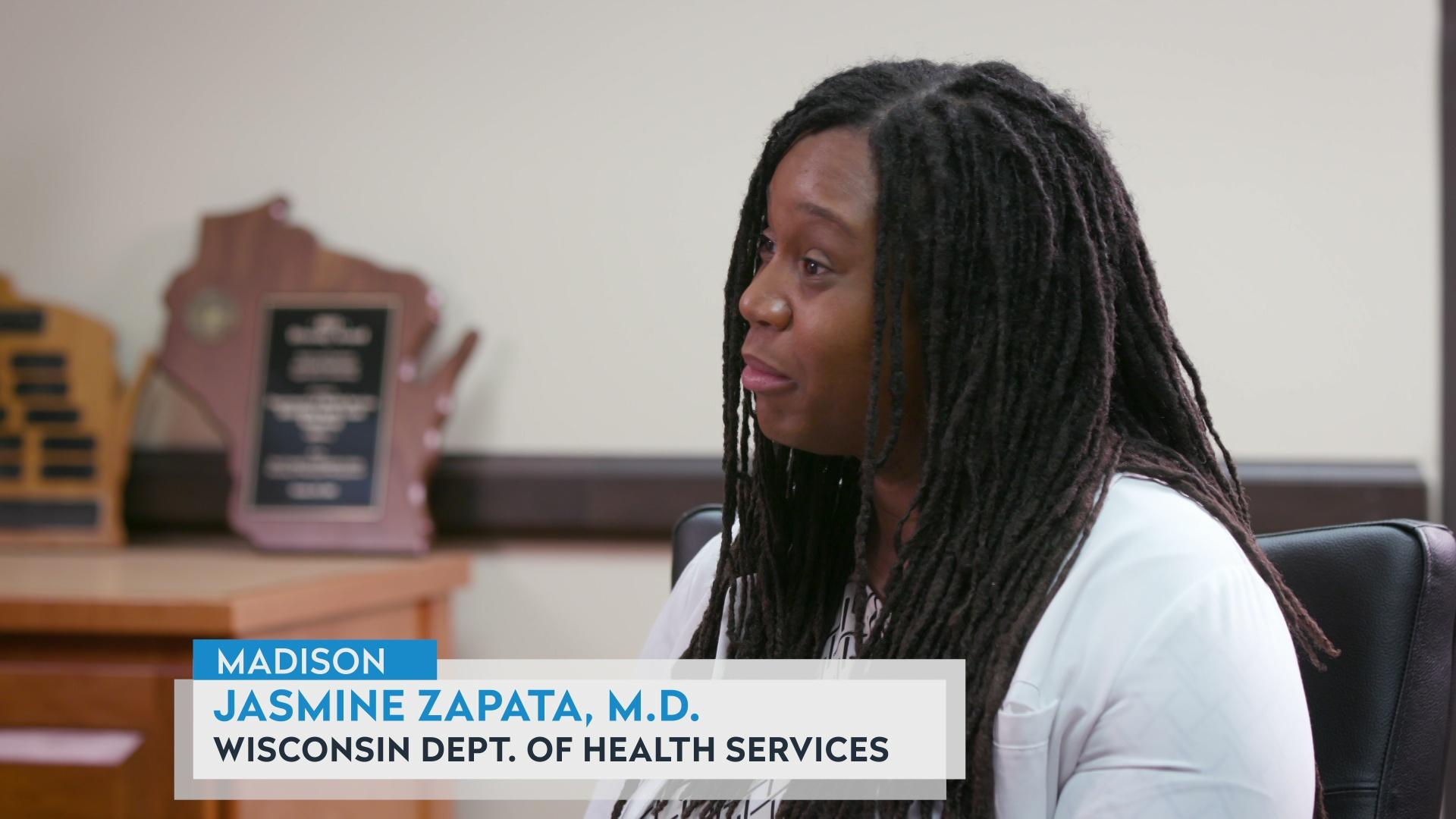
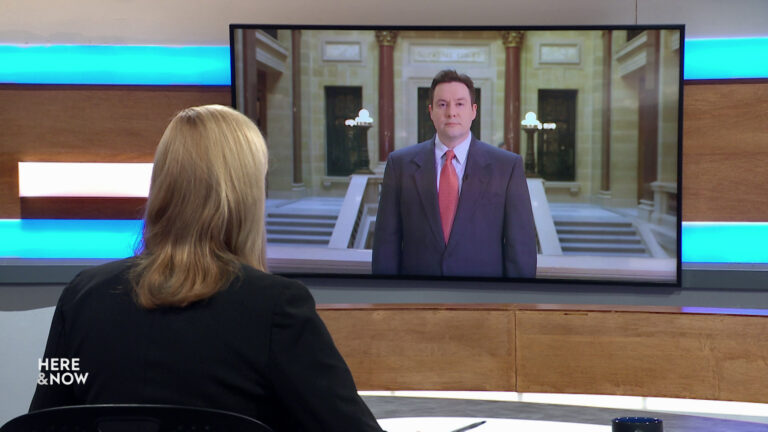

Follow Us